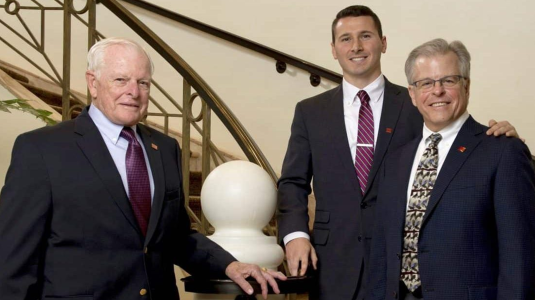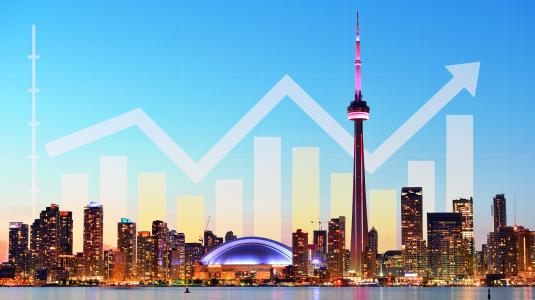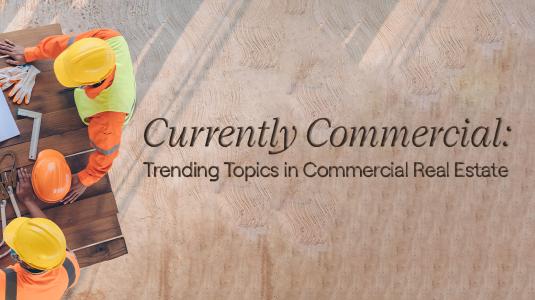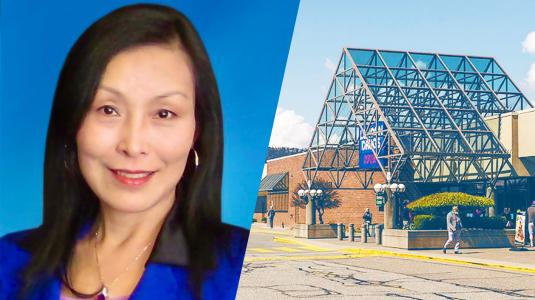All Articles
Featured Articles List
Hero image

Intro Text
Celebrating a successful summer for our CCIMs
Hero image

Intro Text
A Journey Fueled by Determination and Education
Hero image

Intro Text
New Tools & Bigger Insights to Boost Your Competitive Edge
Hero image

Intro Text
A Message from Steve Rich, 2025 Global President
Hero image

Intro Text
Celebrating the Legacy and Successes of The Strickland Family
Hero image

Intro Text
Cautious Optimism Meets Structural Change
Hero image

Intro Text
Inside the challenges, trends, and collaborative opportunities shaping commercial construction today
Hero image

Intro Text
Turning a Complex Retail Transaction into a Community Win
Hero image

Intro Text
Why AI Belongs in Your CRE Business
Intro Text
Steve Rich, CCIM
2025 Global President
2025 Global President
Hero image

Intro Text
Steve Rich’s Journey to Global President and his Vision for The CCIM Institute
Hero image

Intro Text
Elevate Your Network, Knowledge & Business
Intro Text
Big Deal in Bluff City: Complex Deal, Creates Hundreds of Jobs in Memphis
Hero image

Intro Text
How CRE Professionals are Preparing for Potential GSA Lease Terminations
Intro Text
Winter Message from Global President D'Etta Cast-Deleon, CCIM.
Hero image

Intro Text
The CCIM Institute 2024 Annual Governance Meetings.
Sept. 27 - Oct. 1, 2024
Sept. 27 - Oct. 1, 2024

